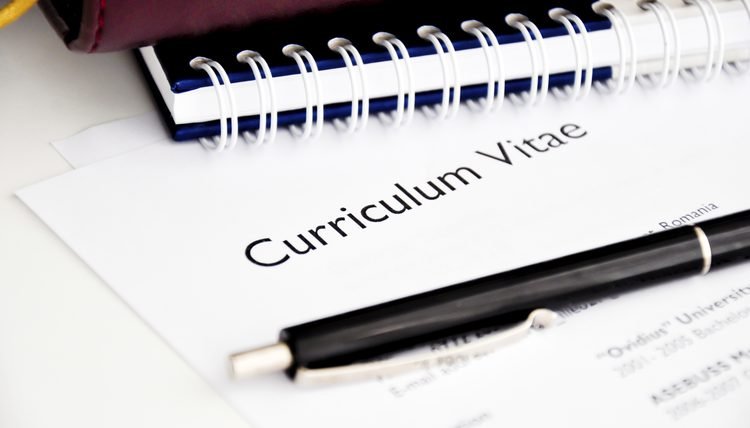
Tips to make a good CV: Curriculum Vitae that are considered good and that lead to subsequent selection interviews are those that achieve their main objective. If your CV attracts attention and arouses interest it is almost certain that it will be read and will keep you in the process.
Writing a good Curriculum Vitae is not only a matter of filling out a format, but we must show organization and emphasize our achievements and competencies, in such a way that they fit perfectly with the needs and expectations of the employer.
Select the correct template here for your Curriculum Vitae and make the necessary corrections until it really communicates your objectives, and remember that we must always submit it to criticism from other people because the impression it causes on a person outside the selection process can also be the one that those responsible for it get.
The winning Curriculum Vitae are characterized by complying with some basic rules such as:
Presentation Tips:
- Always send in original.
- Preferably submit quality A4 paperwhite
- It must be written on the computer, without tabs or spelling errors.
- It must have a structure in which it is presented organized and easy to read.
- It should not have more than two pages and preferably one.
- It should not be done with strange fonts, or colors, or exceeding 13 points of font size.
- If you send by email, keep in mind a universal typeface (Helvetica, Arial or Times New Roman), otherwise, the person who receives it may have difficulty reading it.
- When attaching a photo in your Curriculum Vitae, it must be recent and represent the position to which you aspire (do not use photographs of parties, walks, etc., however, well you have left).
- The photograph of the CV must not be larger than the identity card type size.
- Use bold and/or capital letters to highlight the titles/headings although you should not abuse them when doing your Curriculum Vitae.
- Avoid using lines, pictures, or images that distract attention to the main information of the Curriculum Vitae.
- Never include a cover.
- As a tip, we recommend that if you aspire to a creative position, it is better to present the CV in a Book where your works are appreciated.
- It must be accompanied by a cover letter.
Editorial Advice:
- When writing a Curriculum Vitae it verifies that it clearly reflects that the requirements and demands of the job offered are met.
- Describe achievements and skills, always remembering that in your CV you should never lie.
- If you do not have a lot of work experience, you should write any experience as a volunteer, practices and other skills you can highlight.
- Use action verbs to describe achievements.
- If you have little professional experience, highlight the degree and other studies you have to date.
- Do not include information that is irrelevant, superfluous or obsolete.
- Write sentences and/or short and forceful paragraphs, using sentences with very specific information and using effective words to build them.
- Be brief and concise, including only relevant sentences.
- Keep an eye on spelling errors when writing your Curriculum Vitae, as they immediately disqualify you.
- Avoid using the personal pronoun ‘I’, it is understood that the CV is about your training, experience, and skills.
- Try using a formal and polite tone.
- Use the appropriate CV template for each case.






